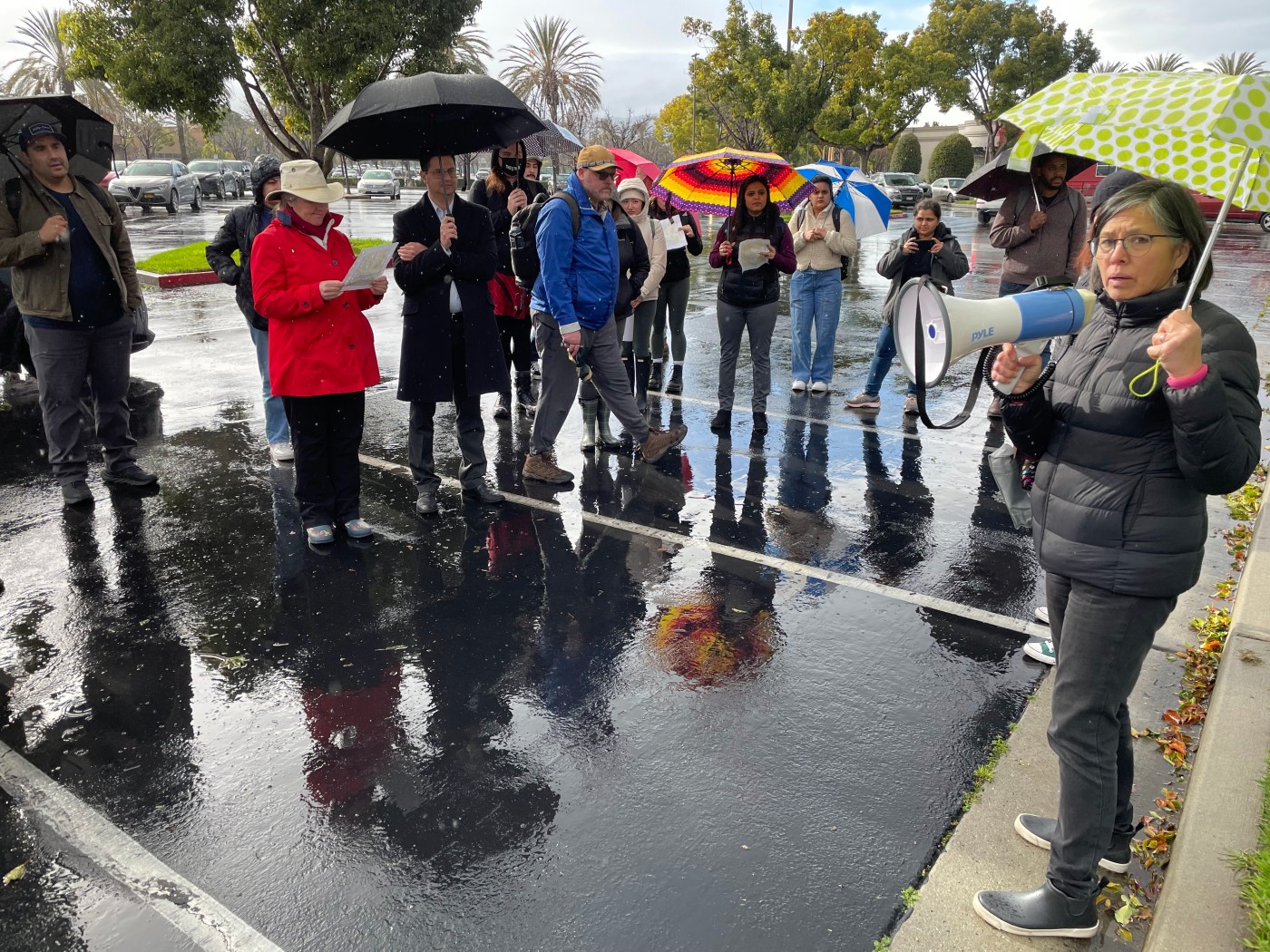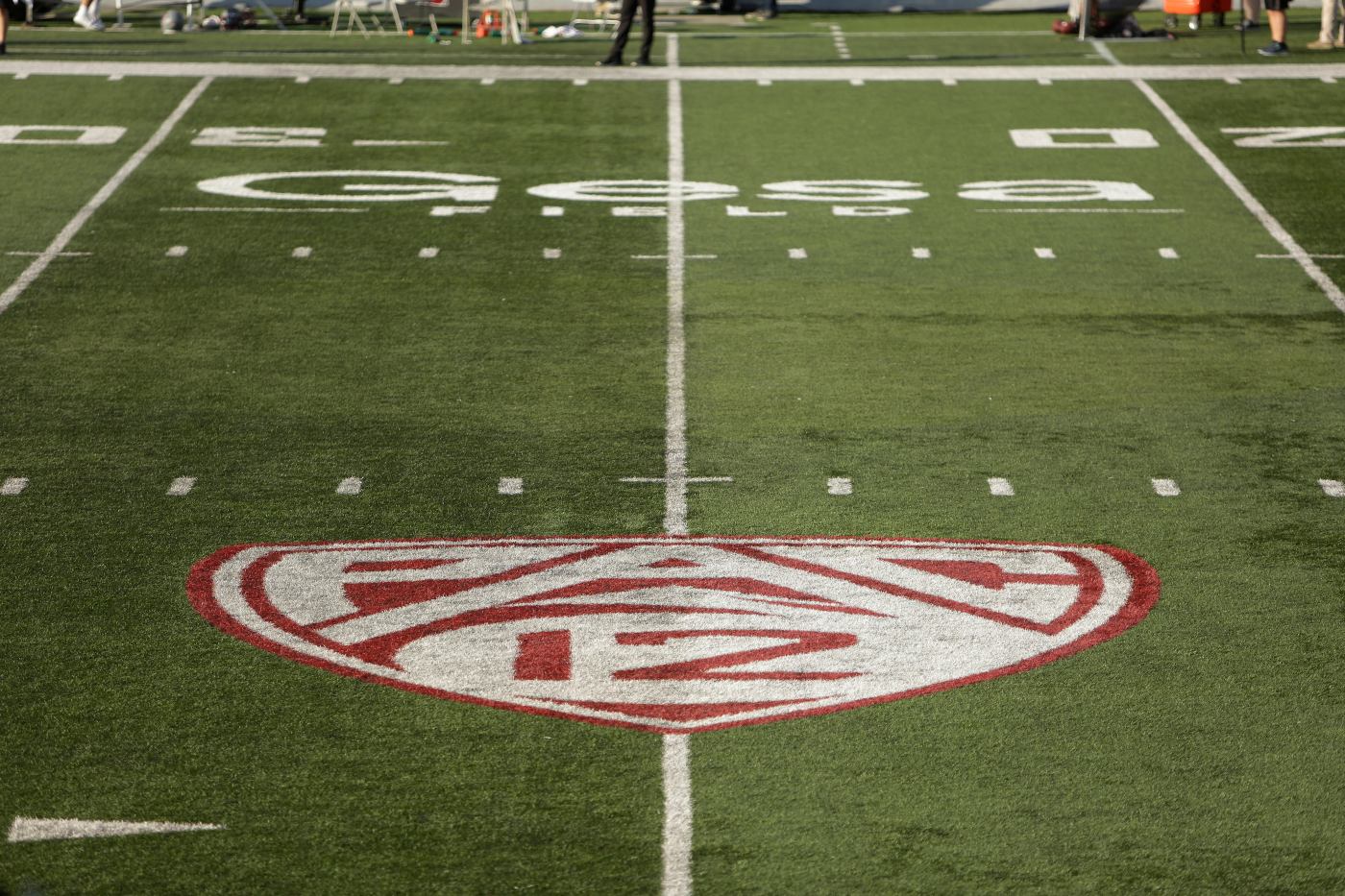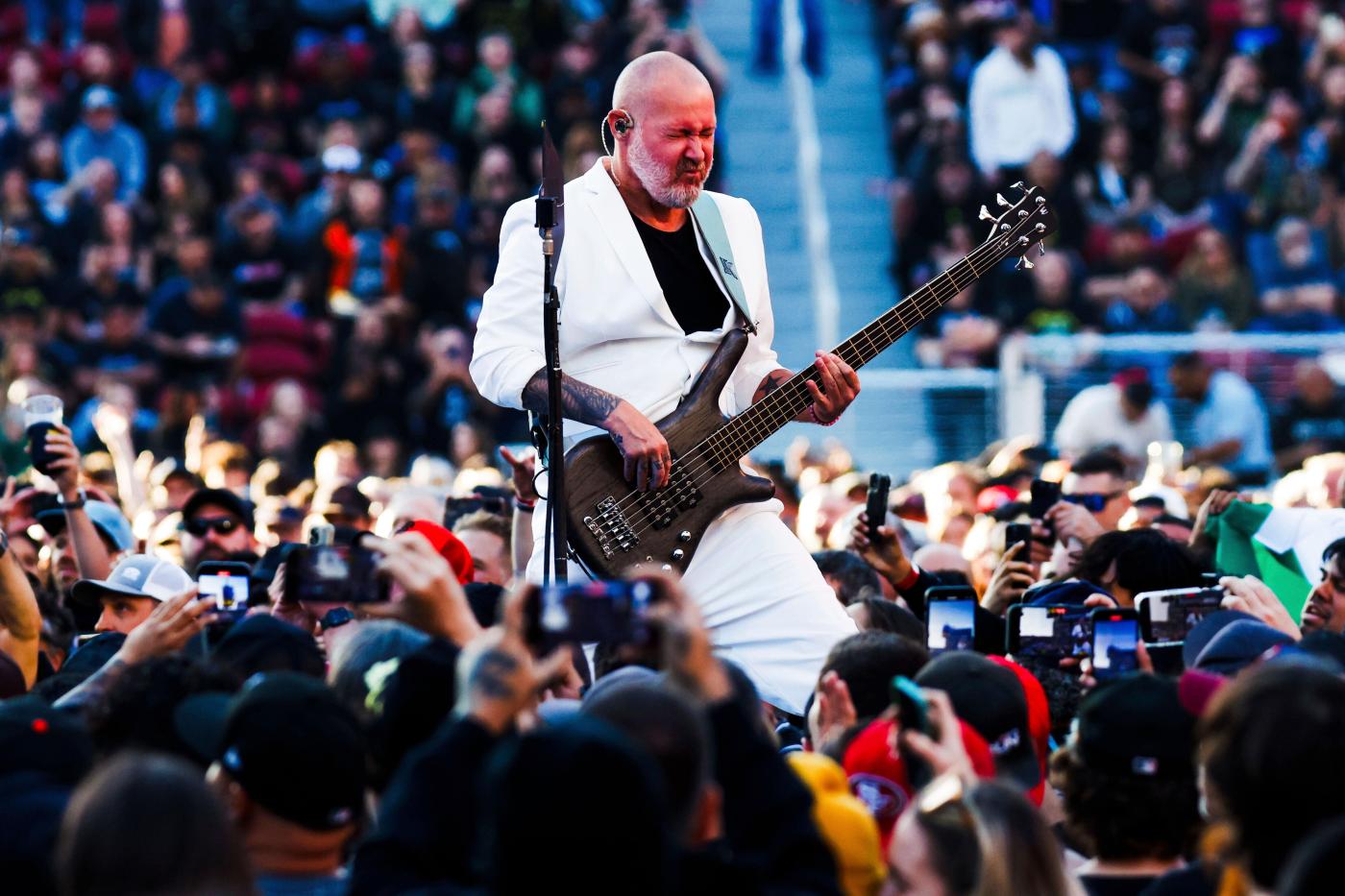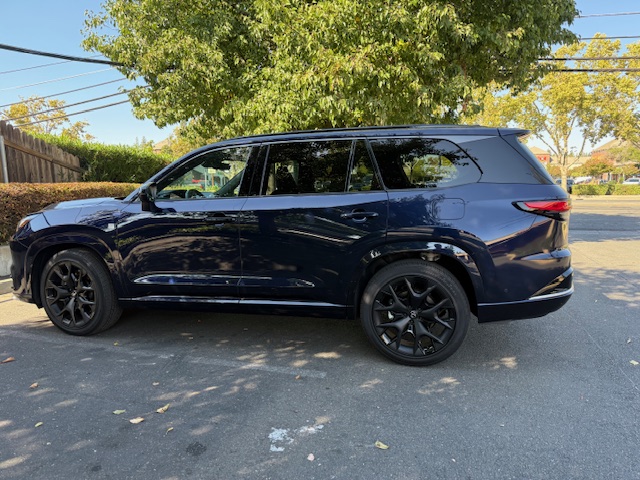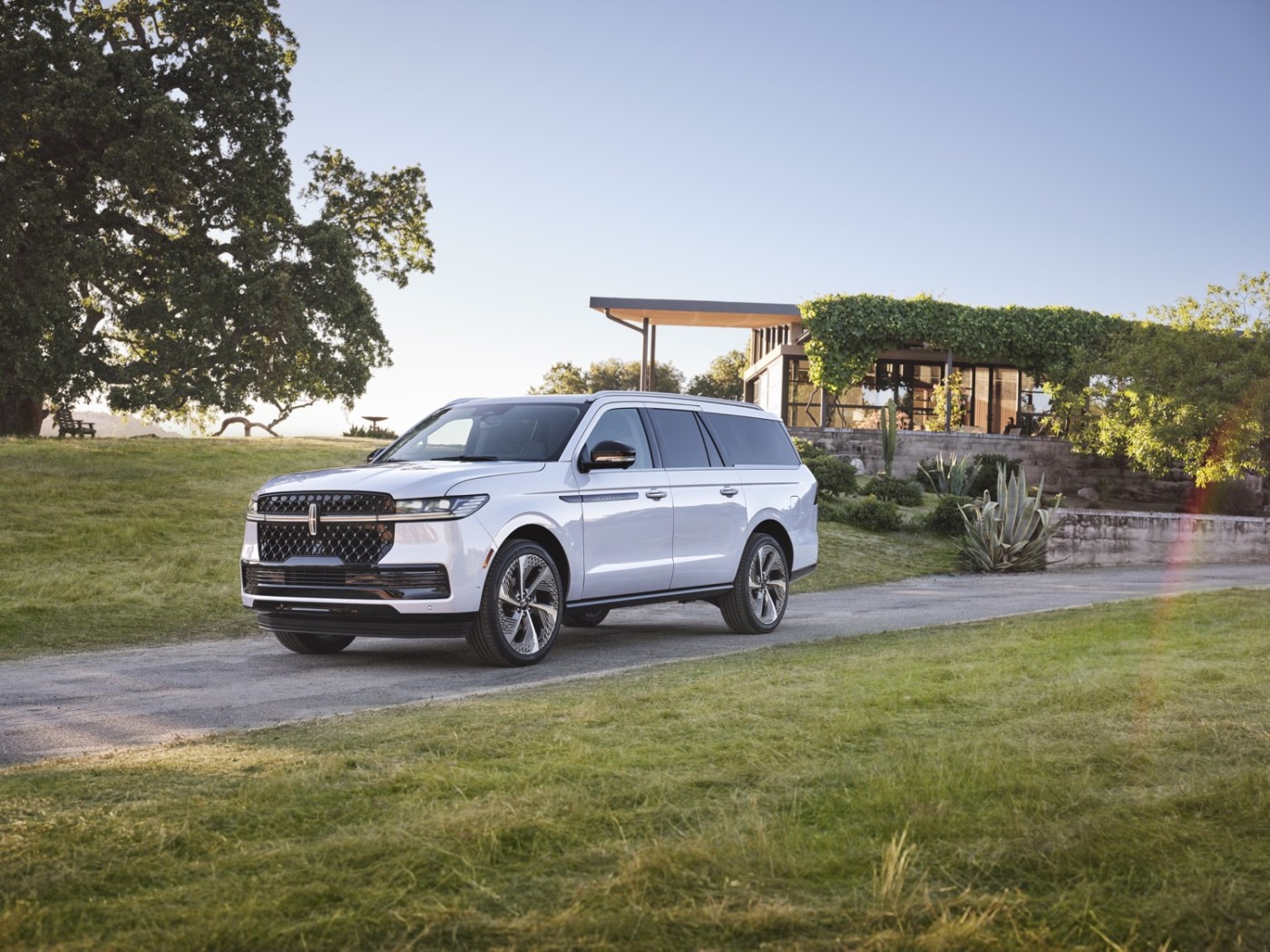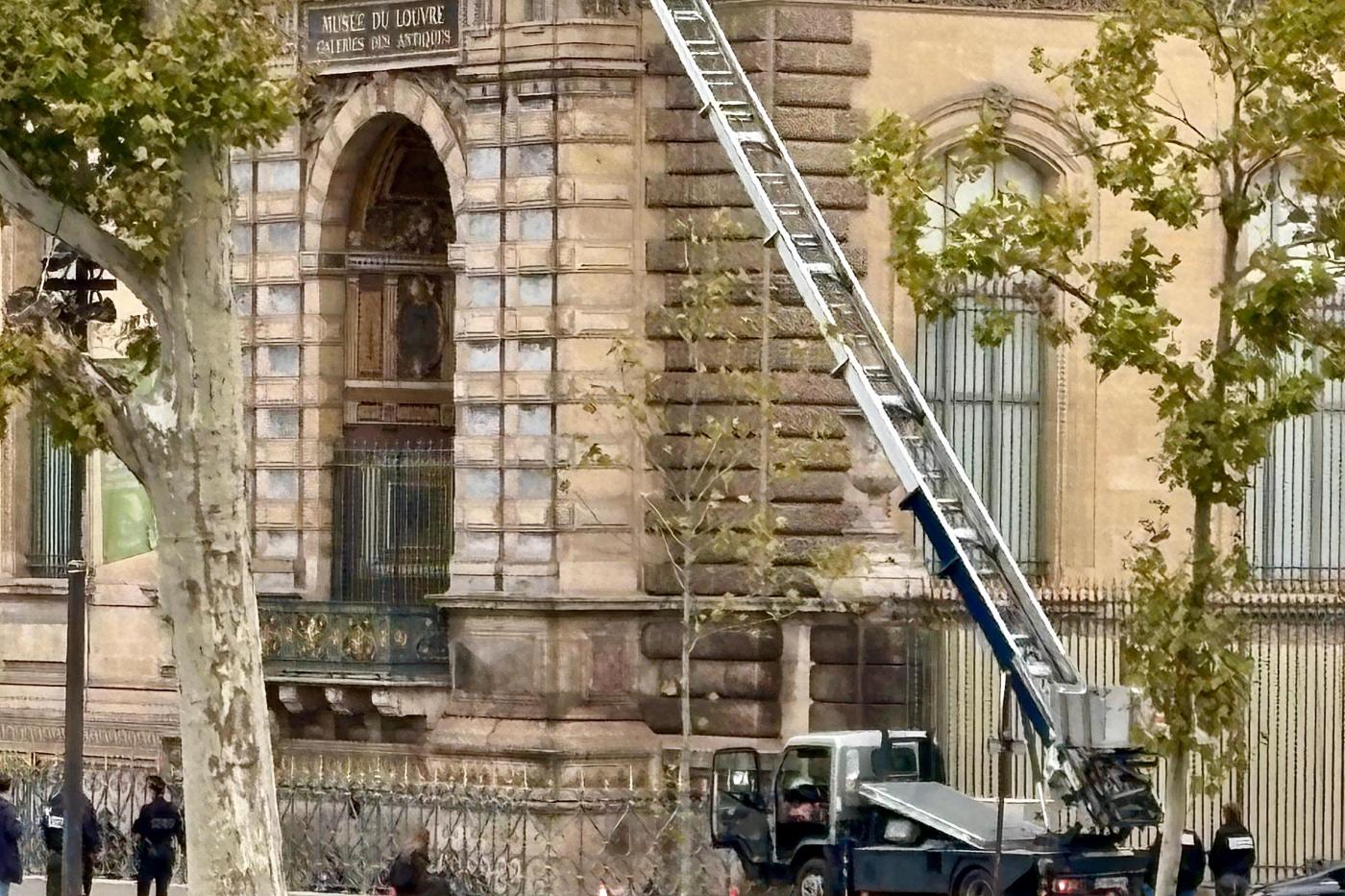October is a great month in Saratoga. The air cools, oaks rustle, and—because this is California—we pretend we have four seasons by switching to light jackets. As the days shorten, a quick safety plug: If you’re walking at dawn or after dusk, carry a small flashlight and wear something reflective. It makes a real difference in how early drivers see you.
A lot of change is headed our way, so I want to talk plainly about traffic—what’s coming, why some streets feel fast and what we can do together.
First, the basics. Saratoga has many wide residential roads with no sidewalks. People don’t just drive the posted limit; they “drive the road.” Wide lanes, long sightlines and few visual cues tend to invite higher speeds. One inexpensive but powerful tool is paint: center lines, edge lines, lane buffers and crosswalks visually narrow the road and nudge speeds down.
We’re also living through a vehicle shift. Modern cars—especially electrics—launch quickly and run quietly at neighborhood speeds. That quiet is lovely for noise, but it can be harder for pedestrians to detect a vehicle approaching, especially at night or near driveways.
Now, the big change on the horizon: the planned Costco at Prospect and Lawrence in San José (near Trader Joe’s). It’s outside Saratoga’s borders and outside our control, but the traffic will not respect map lines. On weekends and evenings in particular, drivers will seek the fastest path to and from Highway 85, and that will impact neighborhoods and schools around Saratoga and Prospect avenues. This Costco is estimated to increase trips to the area nearly tenfold. By contrast, new housing, especially when replacing empty lots or obsolete uses, tends to have just a marginal impact on traffic.
Now I love great prices like anybody, and am a Costco member, but am very disappointed by how little Costco cares for the surrounding neighborhoods. I spoke directly with Costco’s representatives and our council sent a letter in the spirit of partnership requesting resources, but we got nothing back. Councilmember Rosemary Kamei, who represents District 1 in San Jose, has been sincere and welcoming in her efforts.
Closer to home, I hear about the same hot spots you do: the morning tangle around schools near Fruitvale and Saratoga avenues; the ramps to and from Highway 85, where most crashes still occur; Miller Avenue, where some turn stop signs into suggestions; winding Quito Road, where speed plus curves is a bad combo; Herriman Avenue at Saratoga Avenue, where nearly everyone has a near-miss story; and the Highway 9/Village corridor, where the occasional “race” up to Skyline too often ends with sirens.
This year we’ve added buffered bike space where we can, refreshed crosswalks and striping, lowered school-zone limits and installed solar beacons at key crossings. It’s not flashy, but it’s the steady work that makes a second-grader’s walk feel normal instead of nerve-wracking.
A word about tradeoffs. We can make every block crawl with stop signs, or we can keep a few streets moving so the whole network breathes. We can time signals for rush hour and accept that off-peak they’ll feel “long.” We can set 25 MPH on paper, or we can restripe so it actually feels like 25. The right answer is usually a mix of design and behavior: Build for the speeds we want, then drive like the streets belong to our neighbors—because they do. Commutes matter, too. Every extra minute we spend idling on 85 or zig-zagging through queues is a minute we’re not with family, friends or community.
What can you do? Three quick things. First, on darker mornings and evenings, be bright and be seen—reflective gear and a small light go a long way. Second, model the habits you want on your street: full stops, slower turns, eye contact at crossings. Third, tell us what you’re seeing and propose fixes. Edge-line a curve? Move a crosswalk to the desired line? Tighten a turning radius? Some of our best ideas start with a resident’s email. We can’t fund everything immediately, but we do track, test and build.
The same slow, steady effort that makes our streets safer also makes our community stronger. So as the season changes, let’s take that cue to move with care. A calmer Saratoga is a safer one, and that’s a goal worth keeping year-round.
Belal Aftab is the mayor of Saratoga.
